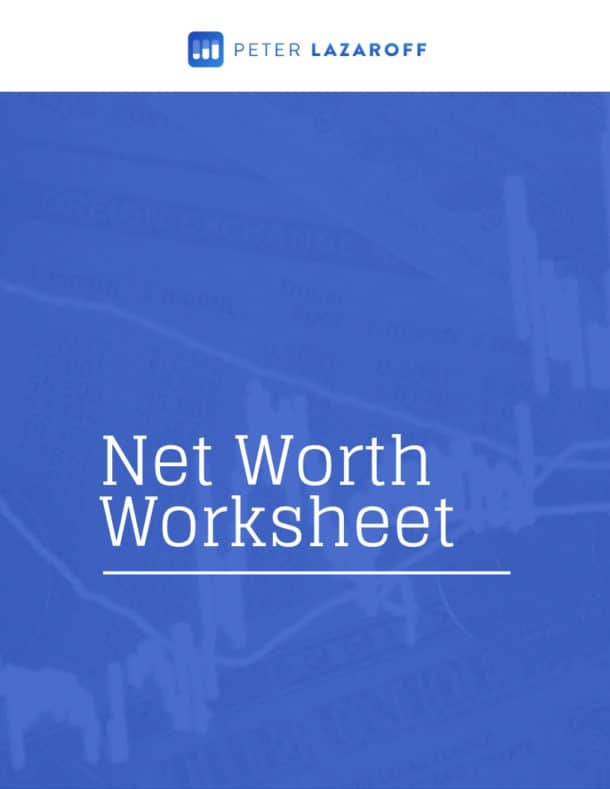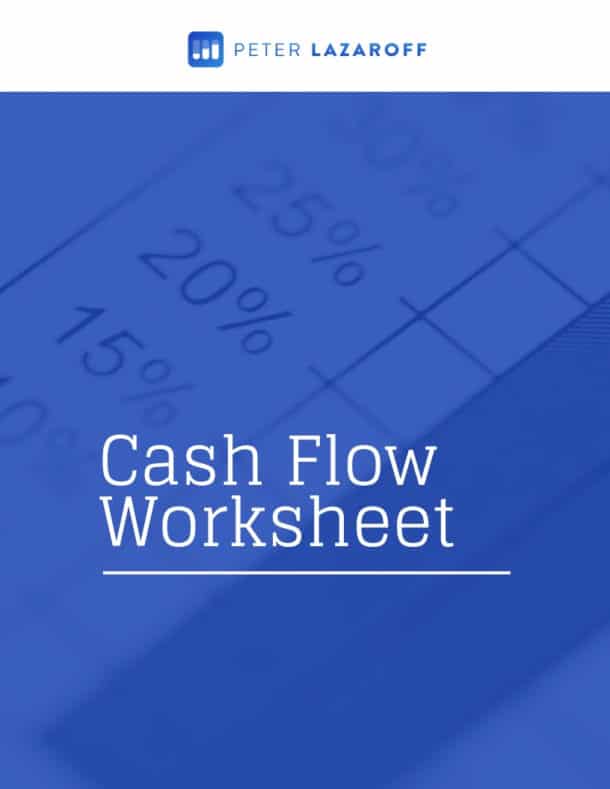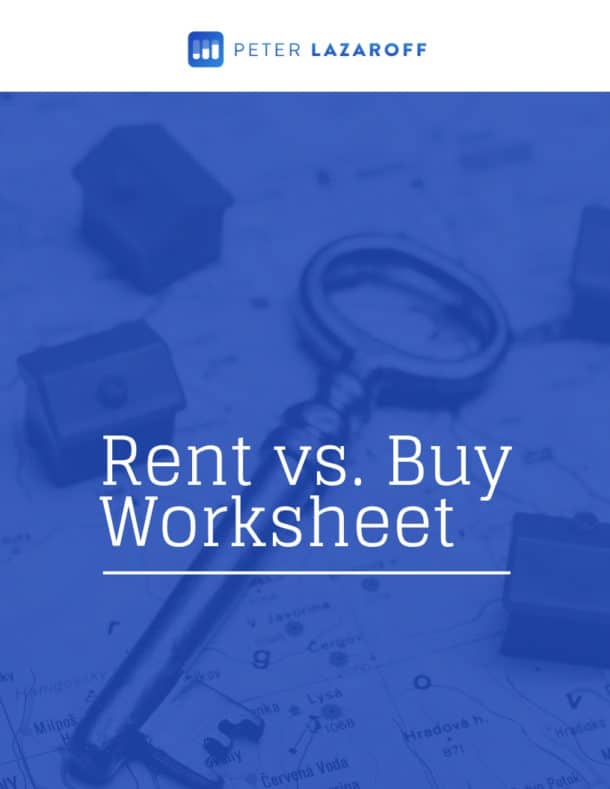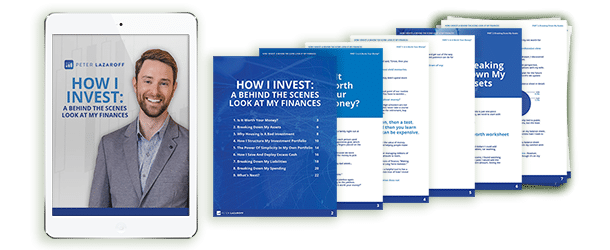Listen Now
One of the standout investment stories in 2025 has been the strong performance of non-U.S. equities. Specifically, the MSCI ACWI ex-US has generated an impressive total U.S. dollar return of 19%, consisting of a 9.7% local return and an 8.4% currency gain—clearly reflecting a significant decline in the U.S. dollar.
It’s easy to succinctly explain why the past unfolded the way it did, but let’s not lose sight of the inherent lack of predictability of policy, currencies, and asset prices. Because a massive dollar bull market has been a big contributor to U.S. stock market outperformance the past 15 or so years, I think it’s worth digging into the decline of the U.S. dollar to provide some additional context to non-U.S. stocks outperforming thus far in 2025.
Sign up for my newsletter so you can easily reply to my emails with your thoughts or questions for the podcast:
How Currency Fluctuations Impact Your Investment Returns
Imagine you’re a U.S. investor, and you decide to buy shares in our favorite fictional American lemonade company, Golden Squeeze Lemonade, using U.S. dollars. After one year, your returns depend solely on how well Golden Squeeze Lemonade performed.
Now, let’s say you also invest in a French lemonade company called Lemonade Fraîche. To make this investment, you first convert your U.S. dollars into Euros. For simplicity, assume that at the time of your initial investment, 1 U.S. dollar equals exactly 1 Euro. So, you exchange $1,000 into €1,000 and invest all of it into Lemonade Fraîche shares.
Fast forward one year. Your investment in Lemonade Fraîche has grown by 10%, turning your €1,000 into €1,100. But here’s the key factor: during that same year, the value of the U.S. dollar declined relative to the Euro. Now, instead of being equal, 1 Euro is worth $1.10. When you convert your €1,100 back into dollars, you receive $1,210. Because of the dollar’s decline, your total return in U.S. dollars is now 21%, significantly higher than your original Euro-based return of 10%.
But what if the opposite had occurred, and the U.S. dollar had strengthened? Suppose after one year, 1 Euro was now worth only $0.90. Converting your €1,100 back into U.S. dollars would yield just $990, effectively turning your original 10% gain in Euros into a small loss in dollar terms.
This is how currency fluctuations impact your investments. But why exactly do currencies fluctuate in the first place?
Why Currencies Fluctuate: A Basic Economic Perspective
Currency values are driven by supply and demand dynamics, just like the prices of goods and services. When demand for a currency exceeds supply, its value increases. Conversely, when supply exceeds demand, its value decreases.
Several factors influence these supply-and-demand dynamics. Interest rates play a major role—higher interest rates in a country attract foreign capital, boosting demand for that country’s currency. Inflation also matters; higher inflation typically reduces a currency’s purchasing power, causing it to lose value relative to currencies with lower inflation. Additionally, economic growth rates, government debt levels, political stability, and trade balances all affect currency strength.
With that foundational understanding in place, let’s examine why analysts initially misjudged the direction of the U.S. dollar in 2025.
Why Analysts Got the Dollar Forecast Wrong in 2025
Initially, the narrative was straightforward: tariffs imposed by President Trump’s administration would lead to higher inflation. Higher inflation would prompt the Federal Reserve to raise interest rates, attracting capital flows and strengthening the dollar. Yet, that scenario hasn’t unfolded as expected. Instead, the dollar index—which tracks the dollar against currencies like the euro, yen, and pound—has dropped approximately 10% in just six months, a considerable move for such a dominant global currency.
Economic Factors Driving the U.S. Dollar’s Decline
So, what’s changed investors’ minds?
It turns out that markets underestimated the complexity of tariffs and their broader macroeconomic impact. Rather than fueling inflation significantly, tariffs are expected to slow economic growth. Slower growth typically translates into lower interest rates. Indeed, we’ve seen markets pivot sharply: at the start of the year, few expected rate cuts, but now investors anticipate several rate cuts by the Federal Reserve within the next 12 months.
There are also growing concerns about U.S. debt levels, with the federal deficit projected to exceed 6% of GDP in both fiscal 2026 and 2027, and U.S. debt projected to balloon from 97.8% of GDP today to nearly 123% by 2034.
Another piece of the puzzle are demographic trends and policy impacting the labor supply. You might think I’m oversimplifying economic growth with what I’m about to say, but I assure you that I’m not: economic growth is really just the combination of growth in labor supply and growth in productivity.
And when it comes to labor supply, immigration policy changes could reduce annual net immigration below half a million, down from over a million annually in previous decades. Plus baby boomers continue to retire, so the working-age population is expected to steadily decline, leading to persistent labor shortages and sustained inflation pressures. This adds additional complexity to the already murky factors I’ve outlined.
What the Falling Dollar Means for Your Investment Strategy
But why does all this matter for you, as an investor?
Historically, strong capital inflows into U.S. assets have supported the dollar. However, current conditions—slower growth, rising inflation concerns, and mounting federal debt—could diminish the appeal of U.S. stocks and bonds. Additionally, despite tariffs, the U.S. is likely to continue running substantial trade deficits, applying further downward pressure on the currency.
Meanwhile, valuation differences remain stark. U.S. equities currently trade at nearly a 50% premium to their international counterparts on a forward price-to-earnings basis. Plus, international stocks offer dividend yields almost double those of U.S. equities. After two decades of paying premium prices for American exceptionalism, investors might rightly ask themselves if this premium remains justified.
Why Long-Term Investors Should Consider Increasing International Exposure
Of course, as long-term investors, making big, short-term bets based on currency movements is usually unwise. Yet, the structural trends highlighted here suggest there’s a compelling case for non-U.S. stocks.
Resources:
The Long Term Investor audio is edited by the team at The Podcast Consultant
Submit Your Question For the Podcast
Do you have a financial or investing question you want answered? Submit your question through the “Ask Me Anything” form at the bottom of my podcast page.
Support the Show
Thank you for being a listener to The Long Term Investor Podcast. If you’d like to help spread the word and help other listeners find the show, please click here to leave a review.
I read every single one and appreciate you taking the time to let me know what you think.
Free Financial Assessment
Do you want to make smart decisions with your money? Discover your biggest opportunities in just a few questions with my Financial Wellness Assessment.

Disclosure: This content, which contains security-related opinions and/or information, is provided for informational purposes only and should not be relied upon in any manner as professional advice, or an endorsement of any practices, products or services. There can be no guarantees or assurances that the views expressed here will be applicable for any particular facts or circumstances, and should not be relied upon in any manner. You should consult your own advisers as to legal, business, tax, and other related matters concerning any investment.
The commentary in this “post” (including any related blog, podcasts, videos, and social media) reflects the personal opinions, viewpoints, and analyses of the Plancorp LLC employees providing such comments, and should not be regarded the views of Plancorp LLC. or its respective affiliates or as a description of advisory services provided by Plancorp LLC or performance returns of any Plancorp LLC client.
References to any securities or digital assets, or performance data, are for illustrative purposes only and do not constitute an investment recommendation or offer to provide investment advisory services. Charts and graphs provided within are for informational purposes solely and should not be relied upon when making any investment decision. Past performance is not indicative of future results. The content speaks only as of the date indicated. Any projections, estimates, forecasts, targets, prospects, and/or opinions expressed in these materials are subject to change without notice and may differ or be contrary to opinions expressed by others.
Please see disclosures here.
















